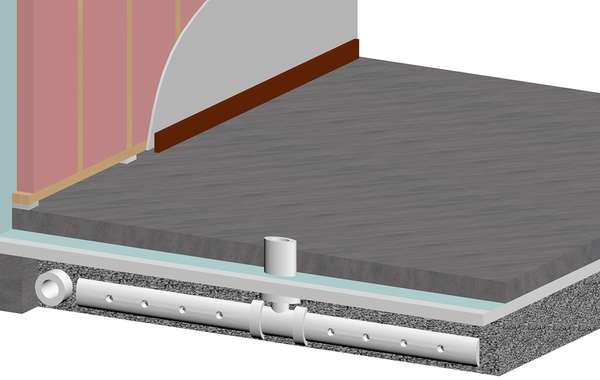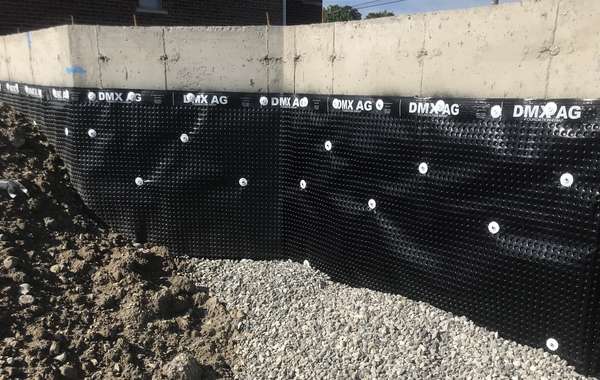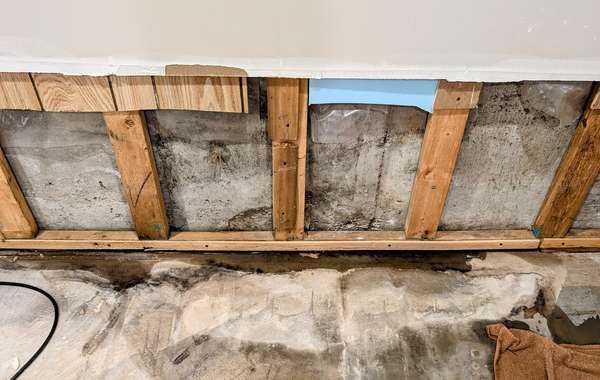What is the best way to insulate interior basement walls that are sweating?
I am trying to determine the best way to go about insulating my prestudded basement. I have new construction with 8" thick poured basement concrete walls. My basement is a walk out, half is completely under ground with an external vapor barrier and the walk out half is expose concrete. My interior walls are all painted with Drylok.
Also I have a wood stove in my basement which basically has given me about 30% humidity. My issue is where that concrete is exposed and I apply insulation to the interior, my walls are sweating. So I know I have air getting in behind that insulation hitting the cold concrete walls, creating the sweating issue. I thought I had everything sealed up well but then I just created ice behind the insulation.
So now, I am looking at possibly adding foam board with the hope of sealing up those problem areas better and then applying a layer of batt insulation over top. One of my issues is, with the wall already prestudded is how to apply the foam board. I think I can get the foam board behind the studs in certain areas, but then in other areas I do not have enough space behind the stud to install foam board as I have between 1/8" - 1" of space behind the studs.
If I install foam board behind the studs where I am able to and then foam board between the studs in those other areas what do I do behind the studs that I am unable to get foam board behind, do I use a spray foam to fill in that crevice? I am interested if anyone has any suggestions? Thanks



























Insulating basement walls so they won’t develop mold means understanding where the moisture is and building it in a way that framed walls and insulation can stay dry. Firstly, I think given that you say it is new construction, the concrete is still wet. Especially if you have an exterior moisture barrier and a vapor barrier paint on the inside.
The ‘sweating’ may be partially moisture coming through the drylok, or it may be that the walls are cold and warm humid air is condensing. That seems less likely due to the humidity levels you described. Either way, it’s okay that concrete foundation walls stay wet, and they always will be wet unless you have waterproof membrane under the footing, which is highly unlikely. So, accept that the concrete is wet and build to protect walls from that moisture. Which means, above all..do not seal wood and insulation against the concrete with a sheet of plastic as there is only one possible outcome – your walls will rot. This page explains it well –
Preventing mold in basements when renovating and finishing
Given that you have an interior waterproofing layer, what will work from there is – putting rigid foam against the concrete, they your framed wall and insulation, then drywall with NO vapor barrier behind it. That way any residual moisture in the wall can evaporate through the walls and be handled by ERV or HRV ventilation systems or a dehumidifier. Keeping wood sill plates off the concrete floor is also a wise idea if it is not too late, we like to stick them up on small blocks of foam so they aren’t in contact with concrete, this also protects stud walls in the case of minor flooring.